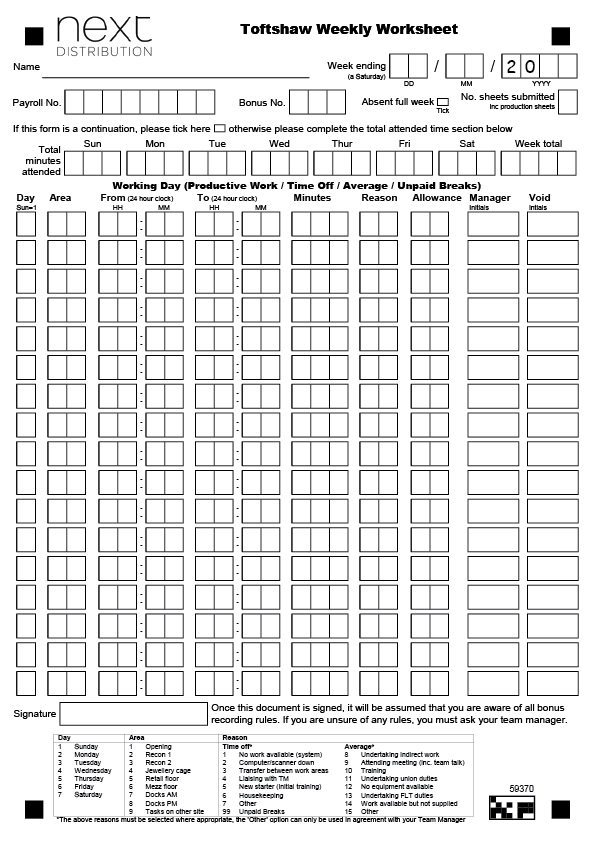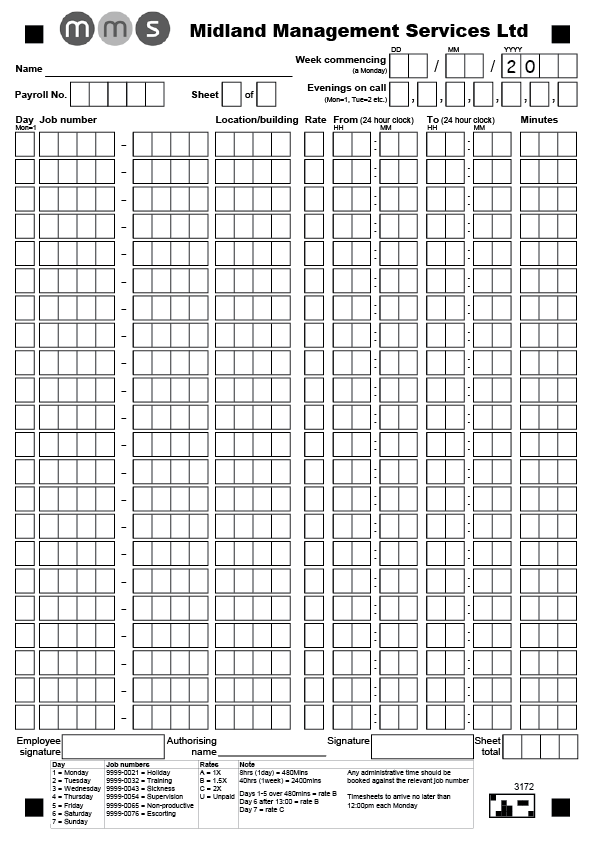Employee timesheet software
In a corporate environment, paper timesheets can be used to record timekeeping, highlight absenteeism, track bonus time, productivity and much more.
Yet, the administrative burden associated with traditional paper timesheet processing includes manual data entry, missing information, illegible handwriting, and inaccurate calculations.
ePC specialises in providing employee timesheet software for corporate organisations seeking a more efficient method of capturing data from paper timesheets and exporting it to payroll.





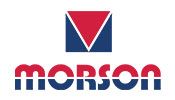





Every week, organisations may need to track time/attendance/activity levels from hundreds or thousands of employees with information arriving from different locations.
Due to the potential impact on staff remuneration, the data must be collected quickly and accurately. However, the timesheets are often scanned and manually keyed at a central location or abroad. This presents several challenges:
- Inaccurate or miscalculated employee hours worked entered into payroll systems leading to higher costs or disgruntled staff
- Late or lost time sheets lead to workers being asked to recall hours worked after the event and delayed payments
- Administrative burden associated with chasing manual timesheets, manual data entry, and correcting errors – adding hours to an employee’s week
- Limited visibility and quality control if data entry is outsourced to an overseas company
The solution to the challenges outlined above is employee timesheet software. Learn what the system can do for you below.
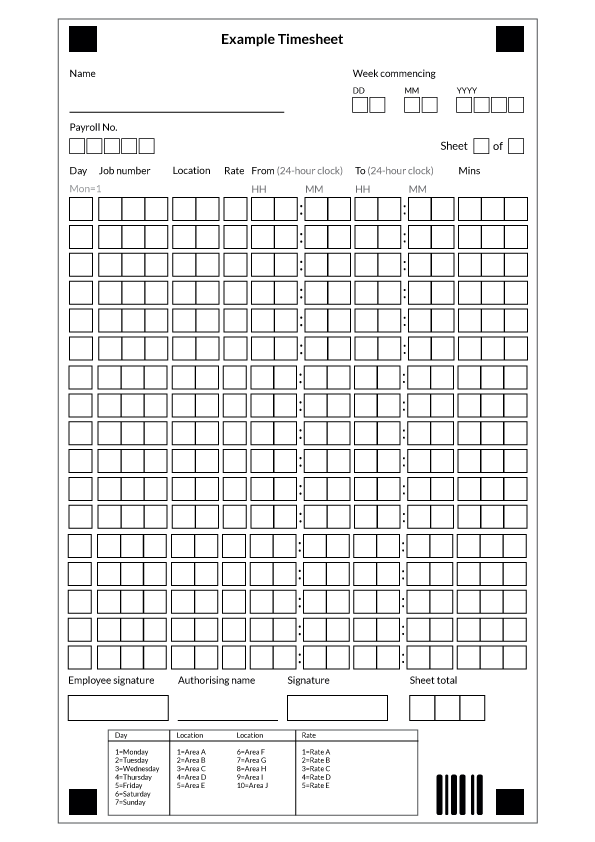
Create structured daily/weekly/monthly timesheets that are optimised for accurate recognition – or use your existing employee timesheet template.
Easily build employee timesheets with embedded logic, integrate live data, and distribute by printing, faxing, emailing, and saving as PDFs.
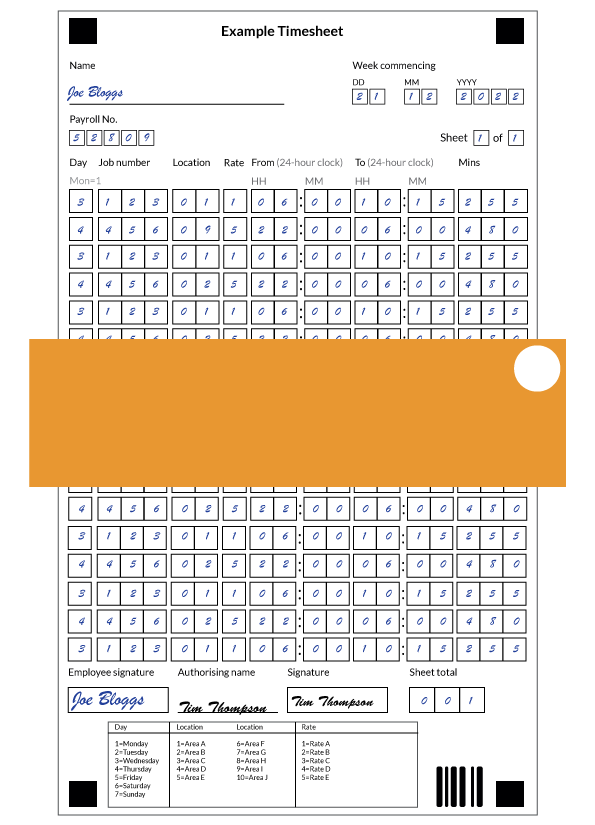
The employee time tracking software allows you to capture timesheet data from scanners/MFPs, web, mobile, eMail and fax.
Once employees have submitted their timesheets, they need to be converted from paper into an electronic image either through a desktop scanner or direct from a fax line.
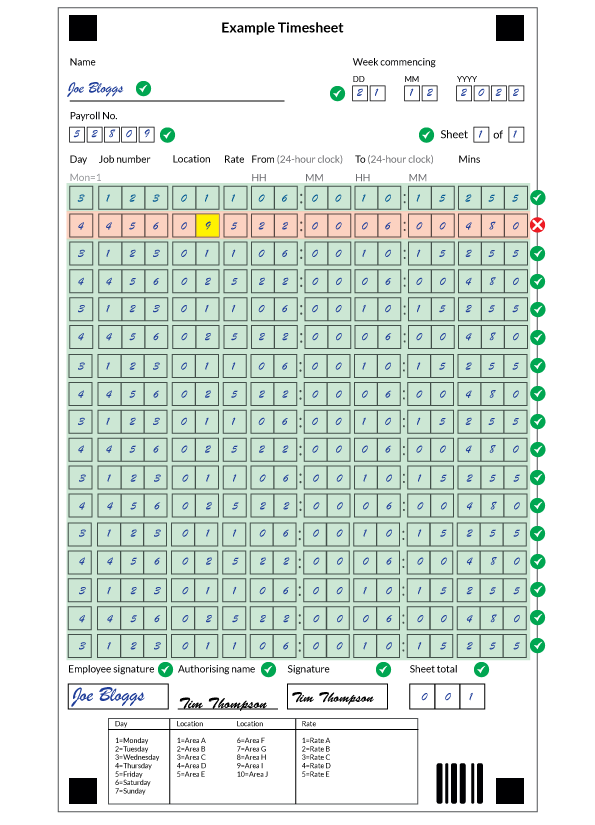
Once the images are captured, the timesheet software for employees will identify the paper based on the original template type.
At this stage, the image will undergo image pre-processing to confirm barcode readability, page size, presence of cornerstones etc.
After identifying a form, intelligent character recognition (ICR), optical mark recognition (OMR), and optical character recognition (OCR) technology will extract data from a scanned timesheet.
Simple rules such as alpha, numeric, dictionaries, date ranges, database lookups and mandatory fields will be checked at this stage with exceptions queued for human review.
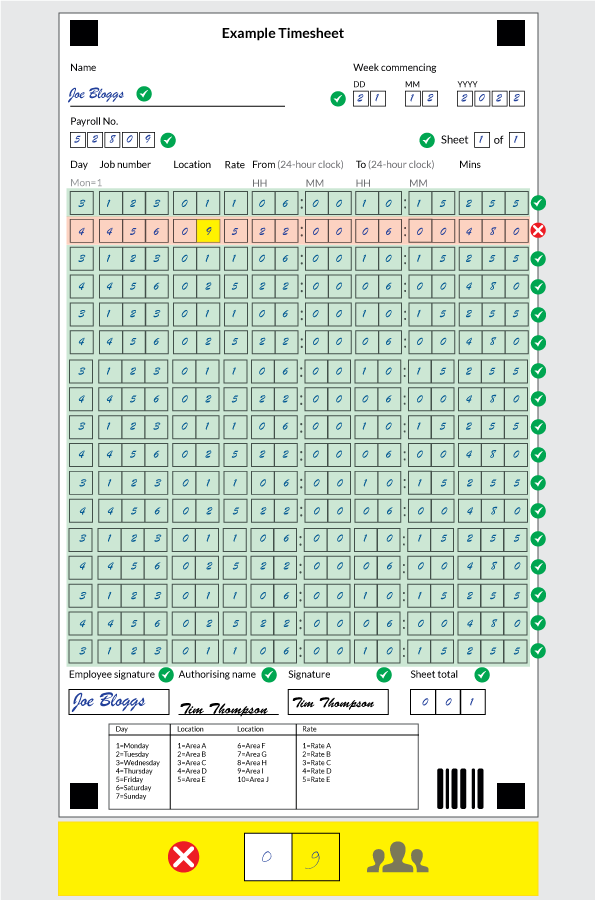
If human verification is required, scanned images of any field or timesheet needing review are displayed for an operator to make instant decisions on borderline characters.
In this example, the operator is asked to decide if the highlighted character is the letter G or the number 9.
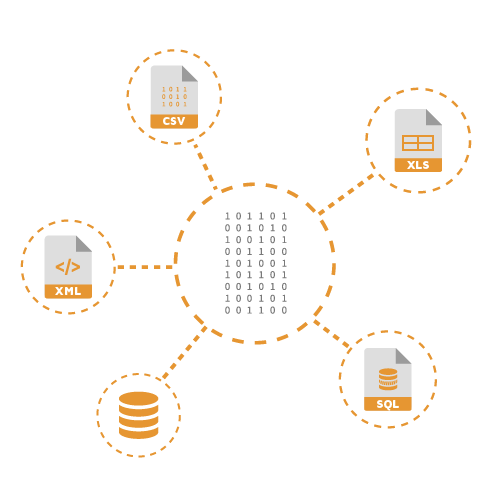
Export valid timesheet data
Once the process is complete, valid data can be exported to any required format (e.g., CSV. XLS, SPSS).
Archiving
For many organisations, it is important to archive scanned images for future reference or compliance reasons. To assist you, our web-based eStore system provides indexing, storage and retrieval of scanned timesheets and indexed data.
Submit accurate information for payroll
Employee timesheet approvals are open to miscalculation and time theft. This leads to incorrect remuneration and higher costs to the business. Time theft alone adds 5% to gross payroll costs.
Time and employee monitoring is crucial to make sure staff are recording their hours/productivity accurately and submitting accurate timesheets for payroll.
Set accurate contract rates
Timesheets can be used to establish how much time the average worker needs to complete a particular task. This information is invaluable when job costing and quoting for work as the business avoids miscalculating the amount of time and resources needed to complete a job profitably.
Increase productivity
If an employee has a fixed amount of time to complete a task or is paid a fixed rate for each unit produced, they are more likely to be motivated to achieve their goal. Similarly, timesheets will highlight unprofitable jobs with management able to optimise and refine unproductive work areas.
Record keeping
Timesheets are used to comply with the Working Time Regulations (1998) which state employees cannot work more than 48 hours a week on average.
The regulations state every employer must keep adequate records of employees, including the number of hours worked each day alongside the total hours worked each week, and retain them for at least two years.
The regulations also provide minimum requirements for rest periods and annual leave.
Measure unproductive time
A study by vouchercloud found that the average employee is productive for only 2 hours and 30 minutes per day.
With so many distractions in the workplace, timesheets can capture both productive and unproductive time from a timesheet. This enables companies to understand how productive their teams have been over time and act if necessary.
Evaluate employee performance
The analysis of timesheets over time enables organisations to assess employee performance. Is this employee stronger in a particular work area? Does an individual have a higher-than-average amount of unproductive time each week?
Next Distribution
“Automation of the bonus timesheet has been a major step forward. In the past, it took one person 2½ days a week to manipulate the data and manually key the information into payroll. We’ve reduced this time by almost two days already, but we anticipate further efficiencies in the next phase with a simple one-click upload of data to payroll.”
Richard Churchill, Productivity Support Manager, Next Distribution Ltd
Midland Management Services (MMS)
” In addition to recording the time that workers spend on individual tasks each day, the new timesheet now identifies unproductive time on site, so I know how productive our teams have been over the last 12 months. We can carry out comparative time studies for similar tasks and then weigh that up against other mitigating factors. It’s very powerful and helps us make decisions. ePC has helped us implement a process change as well as a new system.”
Andy Pitchford, Managing Director, MMS
Request a demonstration of our employee timesheet software
Are you wasting valuable time on data entry for more than 200 timesheets per week? Do you spend hours rectifying inaccuracies and deciphering handwriting? Do you need to track productivity and job performance?
If the answer to any of the questions above is yes, contact us today to book a demonstration of our TeleForm-based time tracker & timesheet management software.
We will not share your details outside of our organisation and will only contact you to discuss your enquiry. Read our privacy policy.


